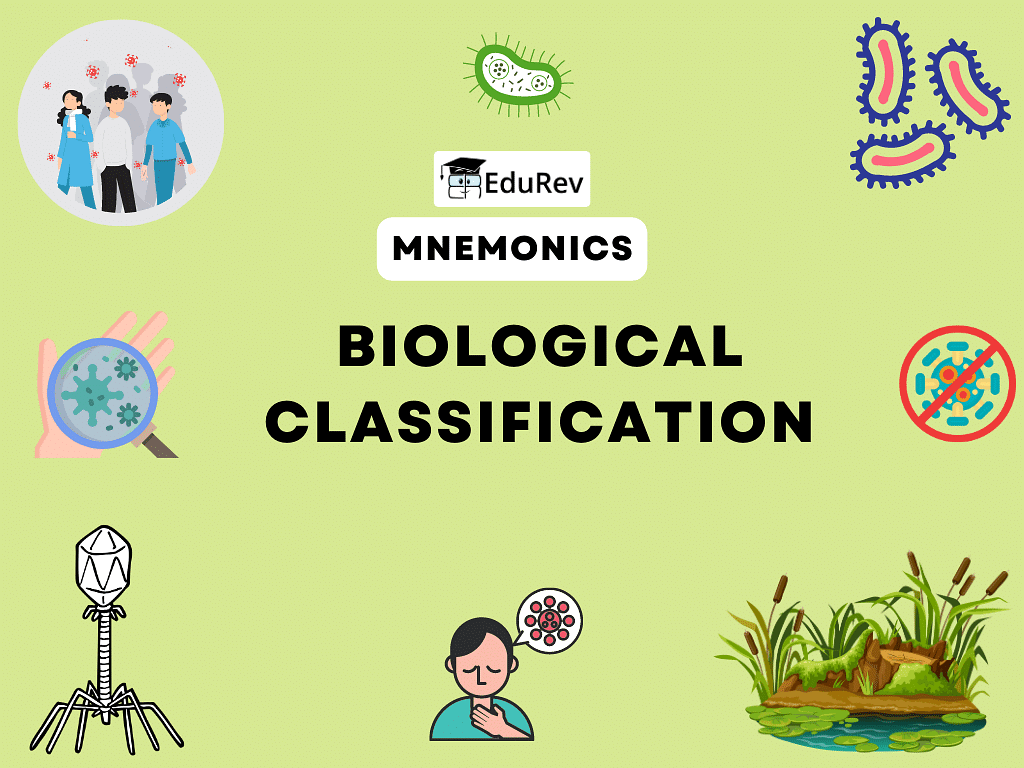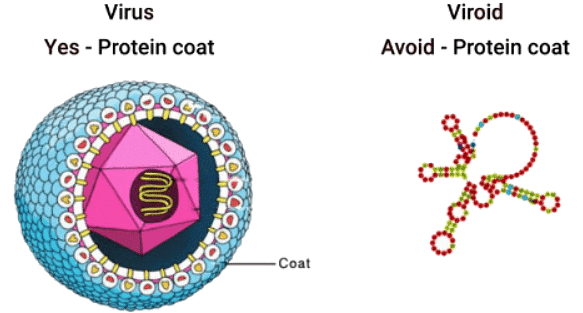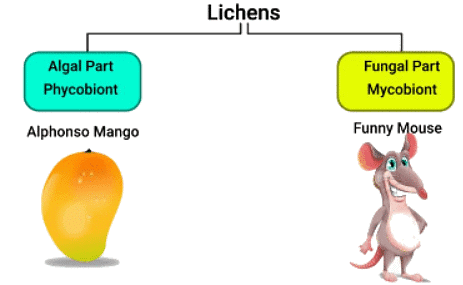Mnemonics: Biological Classification | Science & Technology for UPSC CSE PDF Download
| Table of contents |

|
| Five Kingdom Classification |

|
| Kingdom Monera |

|
| Kingdom Protista |

|
| Kingdom Fungi |

|
| Virus and Viroid |

|
| Lichens |

|
This document will help you remember important information about Biological Classification in a fun and easy way. Inside, you'll find mnemonics—memory tricks—that will make it easier for you to remember key concepts, examples, and classifications related to Biological Classification.

Whether you're studying for an exam, preparing for a quiz, or simply looking to enhance your understanding of Biological Classification, these mnemonics will serve as valuable memory tools. Utilize them alongside your regular study routine to reinforce your knowledge and increase your recall ability.
Happy mnemonic learning!
Five Kingdom Classification
Mnemonic: MaP oF PLAces
- Monera: Mostly unicellular, Prokaryotic (lack true nucleus)
- Protista: Mostly unicellular, Eukaryotic (have true nucleus)
- Fungi: Mostly multicellular, Eukaryotic, Chitin cell walls, Saprophytic nutrition
- PLantae: Multicellular, Eukaryotic, Cellulose cell walls, Autotrophic nutrition
- Animalia: Multicellular, Eukaryotic, No cell walls, Heterotrophic nutrition
Mnemonic Explanation: The mnemonic "MaP oF PLAces" is a helpful tool for remembering the five kingdoms in the classification of living organisms: Monera, Protista, Fungi, Plantae, and Animalia. Each letter in the mnemonic represents the first letter of one of these kingdoms.
Kingdom Monera
Mnemonic: Monera - BCP
- B - Bacteria: The kingdom Monera includes various types of bacteria, which are single-celled prokaryotic microorganisms.
- C - Cell wall: Monerans have a cell wall composed of peptidoglycan, which helps protect and maintain the shape of the cell.
- P - Prokaryotes: Organisms in the kingdom Monera are prokaryotes, lacking a true nucleus and membrane-bound organelles.
Kingdom Protista
Mnemonic: Dinosaur Carrying Egg on a Slippery Place
- D: Dinoflagellate
- C: Chrysophytes
- E: Euglenoids
- S: Slime Moulds
- P: Protozoans
Check this mnemonic for the various organisms under Kingdom Protista.
Kingdom Fungi
Mnemonic: BADaPao (like vada pao)
It's for learning the types of fungi:
- B: Basidiomycetes
- A: Ascomycetes
- D: Deuteromycetes
- P: Phycomycetes
(i) Basidiomycetes
Mnemonic: AGra to US via PAKistan
- A: Agaricus( mushroom)
- US: Ustilago( smut)
- PAK: Puccinia( rust fungus)
(ii) Ascomycetes
Mnemonic: write YES with the NEw PENCil
- YE: Yeast
- S: Aspergillus
- NE: Neurospora
- PEN: penicillium
(iii) Phycomycetes
Mnemonic: RAMU
- R: Rhizopus (bread mould)
- A: Albugo (parasitic fungus on mustard)
- MU: Mucor
Virus and Viroid
You can easily differentiate the names virus and viroid by this hack. The end part of virus sounds like 'Yes'. So, 'yes' to protein coat. On the other hand, the end part of viroid sounds like 'avoid' which can be inferred as avoid protein coat. Simple right?
Lichens
Confused about the terminologies given to the algal and fungal part of lichens? Well, do not worry. Remember the given two images and words - 'Alphonso' mango and 'Funny mice'.
|
90 videos|490 docs|209 tests
|
FAQs on Mnemonics: Biological Classification - Science & Technology for UPSC CSE
| 1. What are the five kingdoms in the biological classification system? |  |
| 2. What are some examples of organisms classified under Kingdom Monera? |  |
| 3. How are organisms classified under Kingdom Protista different from those in Kingdom Fungi? |  |
| 4. Are viruses and viroids considered living organisms in the biological classification system? |  |
| 5. What is the significance of lichens in the five kingdom classification system? |  |
















